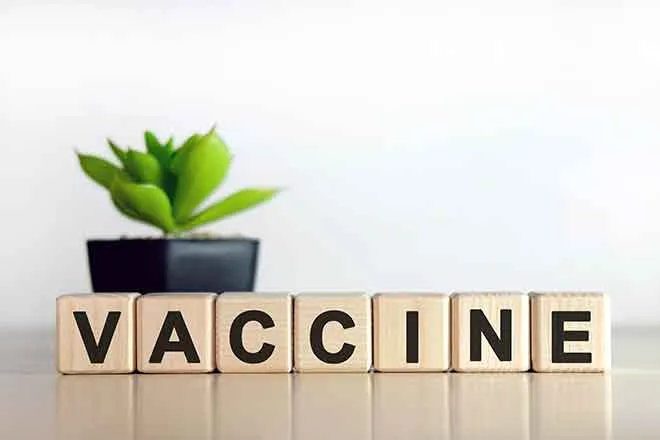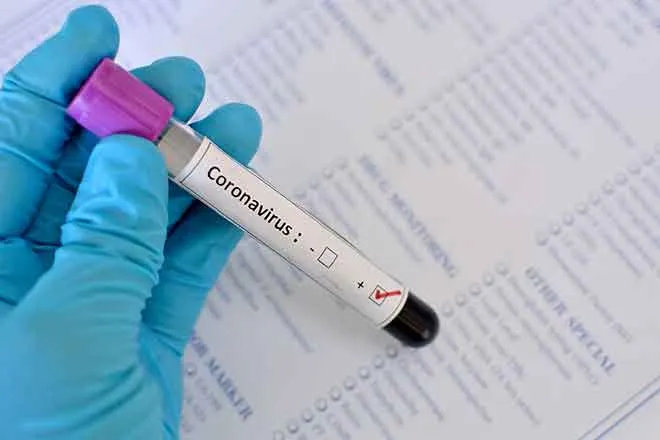
States with weaker marijuana laws see more impaired driving, report says
(The Center Square) – States with less restrictive marijuana policies have higher incidents of residents driving while high, a new report finds.
The Drug Free America Foundation released a new report showing that states that have legalized or weakened restrictions around high-THC marijuana, either for medical or recreational use, saw 32 percent more marijuana-impaired driving than states that have not adopted the same policies.
According to DFAF, the 18 states with less restrictive marijuana policies have seen far more cases of impaired driving of this kind, something that medical research shows can be very dangerous.
“In 2017, eight states had adopted full recreational marijuana programs (Alaska, California, Colorado, Maine, Massachusetts, Nevada, Oregon, and Washington) and ten states had enacted higher-THC medicinal programs (Connecticut, Delaware, Florida, Illinois, Maryland, Minnesota, New York, Ohio, Rhode Island, and Vermont),” the report said. “Incidentally, seven of these states have since adopted full recreational programs. Adding to the concern is the fact that fatalities in the U.S. from marijuana-impaired drivers have risen dramatically between 2000.”
The report also points out that the potency of marijuana has skyrocketed in recent decades. This can lead to users taking in far more THC than they realize before getting behind the wheel.
“With these new products out there…especially with edibles and things, you might use one edible and not feel anything for the first 15 or 20 minutes, so next thing you know, you’ve eaten seven gummy bears or five cookies, and you don’t know when it’s going to hit you or how bad it’s going to hit you,” Amy Ronshausen, who leads DFAF, said.
“And if that’s happening when you are behind the wheel of a car, that’s not a good thing,” she added.
Research from AAA and others has found that marijuana use significantly impairs drivers. On top of that, mixing alcohol and marijuana can create greater effects than either substance taken on its own.
“Research shows that marijuana can impair drivers in a variety of ways,” said AAA, which has conducted its own research backing this idea. “It can affect psychomotor functions such as attention, reaction time and coordination, but generally it appears to affect automated or routine driving more than tasks requiring conscious effort. Further, numerous laboratory-based studies have demonstrated that marijuana use impairs many aspects of cognitive and physical function that are necessary for safe driving.
“Marijuana can decrease car handling, can impair performance and attention while increasing reaction times, following distance and lane deviation,” AAA added.
Ronshausen said while most Americans are aware of the impact that alcohol can have on their driving, there is less awareness about the impact of marijuana.
“The general public, they see marijuana as somehow safer,” Ronshausen said. “We did a really good job at the ‘Don’t drink and drive’ message, but apparently we have not done as well of a job at the impaired driving message overall.
“You have a lot of people who haven’t really used marijuana since they were in college, and today’s marijuana is such a different product,” she added. “It’s such a higher potency. Like all drugs today, they are a higher potency and more pure…”
Ronshausen added people are often taking THC products that are far more potent than they realize.
“And there’s such a wide variety of products out there that do run the spectrum of potency, and with alcohol that’s more understandable,” she said. “You know that there’s going to be a difference between a glass of wine and Everclear, but when you are looking at these products, most people probably don’t look to see or even know, depending on how they are getting their product, what the potency is.”
Use among youth is also an issue.
“It is critical that these results impact future policy debates, especially since enforcement
data shows that between 11 to 23 percent of recreational marijuana sold ends up in the hands of minors,” the DFAF report said. “On top of that, consumption lounges, now legal in seven states (Nevada, New Jersey, New York, New Mexico, Illinois, Colorado, and California), and drive-up pot shops will keep spurring increased occurrences of marijuana intoxication and driving.”
















